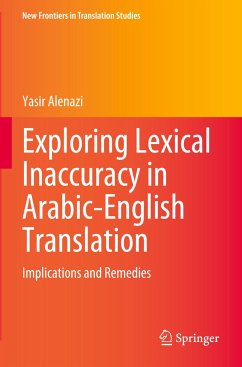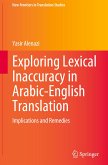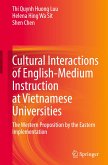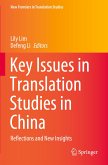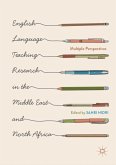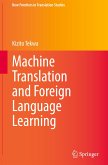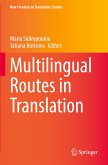This book presents a case study on lexical error analysis in the translation products of Arab English majors at the university level with important implications for Arabic-speaking countries. It provides detailed analyses and explanations of the main lexical areas that cause specific difficulties for these students, while also identifying their potential sources. The respective chapters discuss several areas related to the context of the research, the field of SLA, error analysis, language transfer, error taxonomies, language learning, language teaching, and translation training.
The analyses and findings presented here contribute to the linguistic field by developing a comprehensive list of lexical error categories based on form, content, and origin of influence regarding translation products. In addition, the book sheds light on the pedagogical aspects contributing to the enhancement of ESL/EFL teaching in the Arab context as well as other contexts where English is taught asa foreign language. The book will help educators and curriculum writers in designing materials, and language researchers as a groundwork for their studies of L2 learners' written products.
The analyses and findings presented here contribute to the linguistic field by developing a comprehensive list of lexical error categories based on form, content, and origin of influence regarding translation products. In addition, the book sheds light on the pedagogical aspects contributing to the enhancement of ESL/EFL teaching in the Arab context as well as other contexts where English is taught asa foreign language. The book will help educators and curriculum writers in designing materials, and language researchers as a groundwork for their studies of L2 learners' written products.

